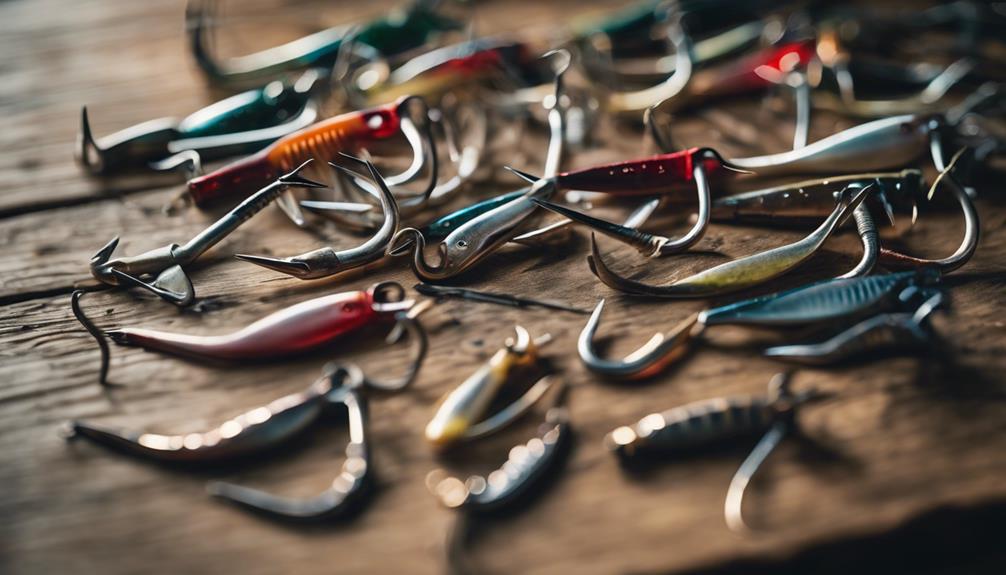Fishing is not just a hobby; it’s a way of life for many enthusiasts around the globe. Whether you’re an avid angler or just someone looking to enjoy a peaceful day on the water, understanding when fishing starts can significantly enhance your experience. In this article, we will explore the various factors that influence fishing seasons, the best times to fish, and tips for making the most of your fishing trips. So, when does fishing start? Let’s dive in!
Understanding Fishing Seasons: What You Need to Know
Fishing seasons can vary widely based on location, species, and environmental factors. Generally, fishing starts in the spring when water temperatures begin to rise. As temperatures increase, fish become more active, making it an ideal time for anglers to cast their lines. However, specific regulations and seasons may apply depending on the type of fish you’re targeting. For instance, certain species like trout may have designated opening days that you should be aware of. Always check local regulations to ensure you’re fishing during the appropriate season.
The Role of Water Temperature in Fishing
Water temperature is a critical factor that influences when fishing starts. Different species of fish have varying temperature preferences. For example, bass typically become active when water temperatures reach between 60°F and 75°F, while trout thrive in cooler waters around 50°F to 65°F. Understanding these preferences can help you determine the best time to fish. In many regions, spring and early summer are prime times for fishing as water temperatures begin to rise, making it easier to locate fish.
Regional Variations: When Does Fishing Start in Different Locations?
When considering when fishing starts, it’s essential to account for regional variations. In northern climates, fishing may begin as early as late March or early April, while southern states might see fishing season kicking off in February. Coastal regions often have different seasons due to the influence of saltwater and migratory fish patterns. For example, tuna fishing in the Atlantic may start in June, while salmon fishing in the Pacific can begin as early as May. Understanding local conditions and the specific fish species you’re targeting is crucial for planning your fishing trips effectively.
The Best Time of Day for Fishing
While the season is essential, the time of day also plays a significant role in determining when fishing starts. Many anglers find that dawn and dusk are the best times to fish, as many fish species are more active during these periods. This is due to lower light levels, which encourage fish to venture closer to the surface to feed. If you’re wondering when fishing starts for the day, aim to be on the water just before sunrise or in the evening before sunset for the best chances of success.
Seasonal Patterns: How Fish Behavior Changes Throughout the Year
Fish behavior changes throughout the year, which can influence when fishing starts. In spring, fish are generally more active and are often found in shallower waters as they spawn. As summer approaches, fish tend to move to deeper, cooler waters during the hottest parts of the day. In the fall, fish become more aggressive as they prepare for winter, making it an excellent time for anglers. Understanding these seasonal patterns can help you plan your fishing trips more effectively and increase your chances of a successful catch.
Tips for Planning Your Fishing Trips
When considering when fishing starts, planning your trip can make a significant difference in your experience. Here are some tips to ensure a successful outing:
1. Research Local Regulations: Always check local fishing regulations, as seasons and limits can vary by location and species.
2. Use the Right Gear: Ensure you have the appropriate gear for the type of fishing you’re planning. This includes rods, reels, and bait suitable for the species you’re targeting.
3. Monitor Weather Conditions: Weather can greatly impact fishing conditions. Overcast days can often be more productive than bright, sunny days, as fish may be more willing to venture out.
4. Consider the Moon Phases: Many anglers swear by lunar cycles, believing that fish are more active during full moons and new moons. While this is debated, it’s worth considering when planning your trips.
5. Join Local Fishing Groups: Connecting with other anglers can provide valuable insights into when fishing starts in your area and what techniques are currently effective.
The Importance of Conservation in Fishing
As you enjoy the thrill of fishing, it’s vital to remember the importance of conservation. Overfishing can deplete fish populations and disrupt ecosystems. Engaging in responsible fishing practices, such as catch and release, adhering to size and bag limits, and using barbless hooks, can help preserve fish populations for future generations. Additionally, participating in local conservation efforts can contribute to maintaining healthy waterways and habitats.
Conclusion: Embrace the Adventure of Fishing
So, when does fishing start? The answer varies based on many factors, including species, location, and time of day. By understanding the seasonal patterns of fish behavior and considering local regulations, you can significantly enhance your fishing experience. Whether you’re casting off from a boat, fishing from the shore, or participating in a local fishing tournament, the adventure of fishing awaits you. Plan your trips, respect the environment, and enjoy the great outdoors as you embrace the exciting world of fishing.
With this comprehensive guide, you now have the tools to answer the question of when fishing starts and are equipped to make the most of your fishing adventures. Happy fishing!
